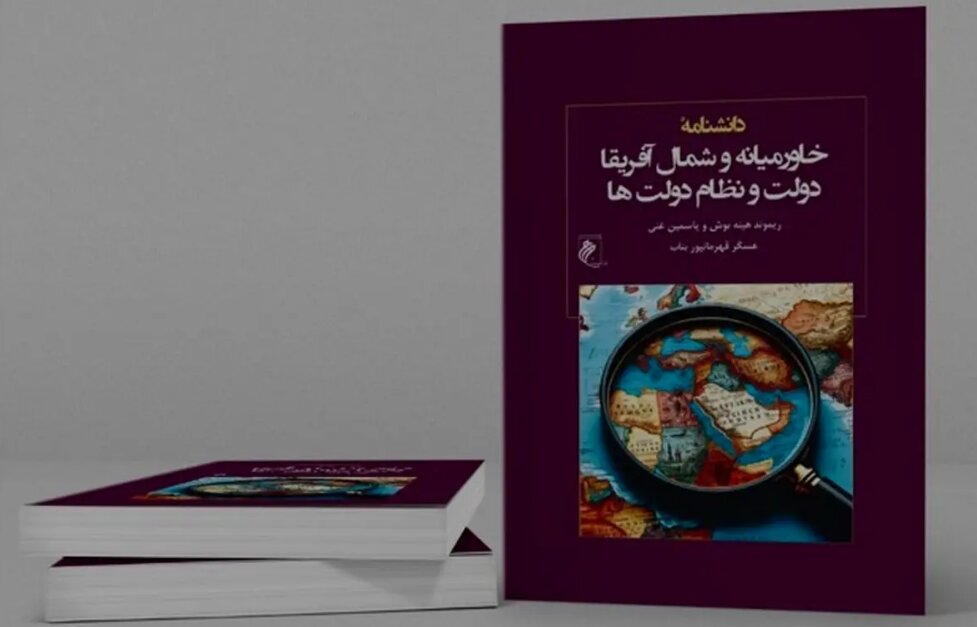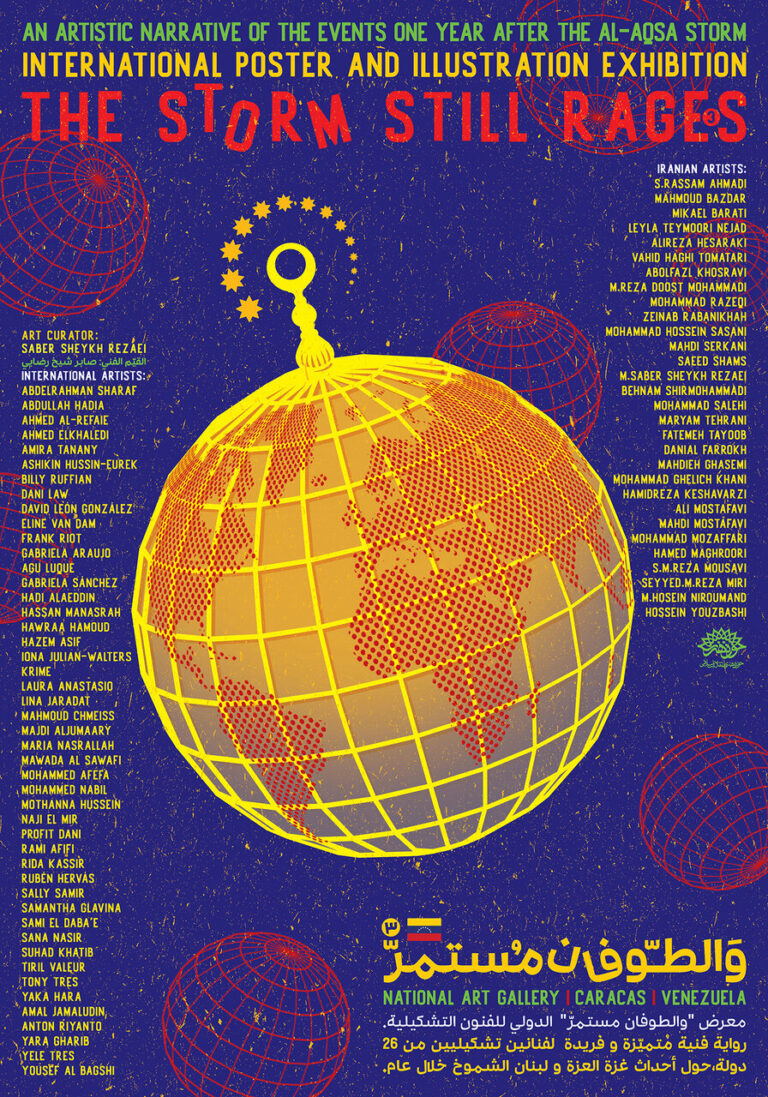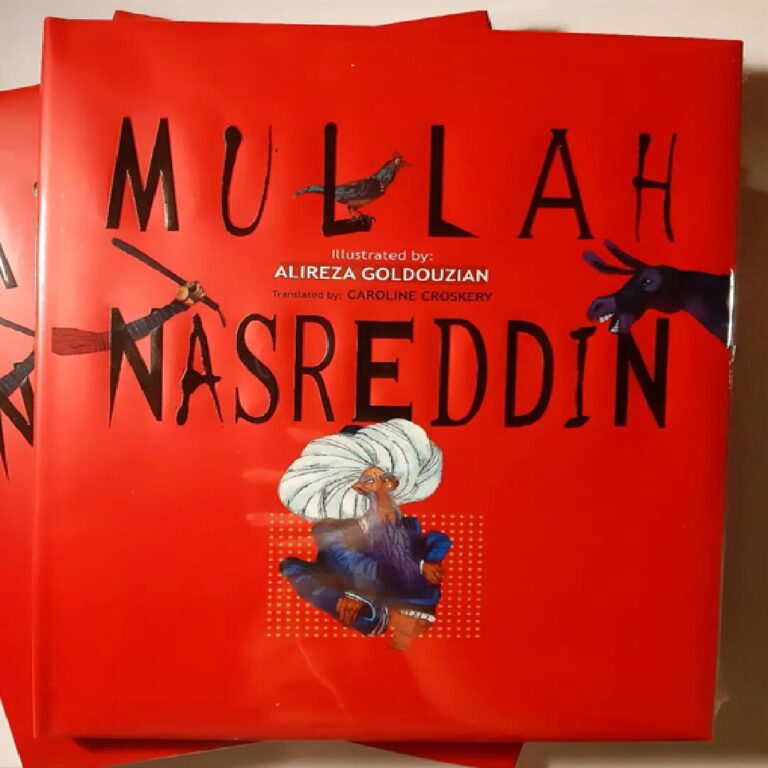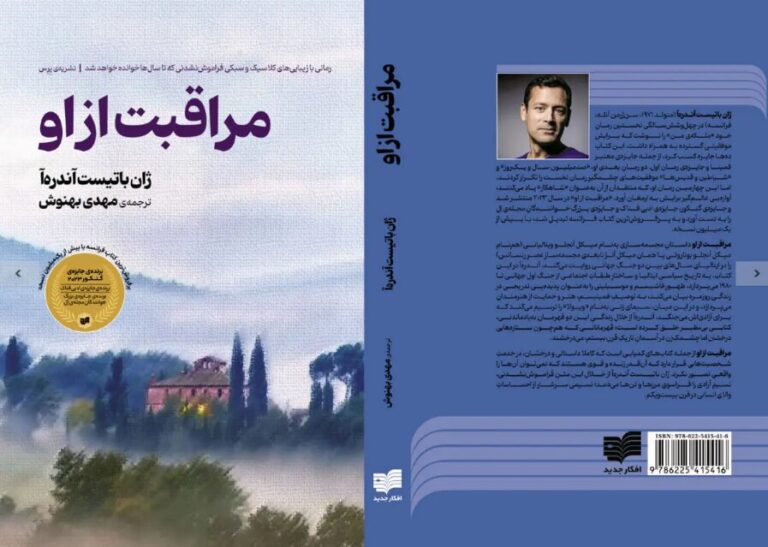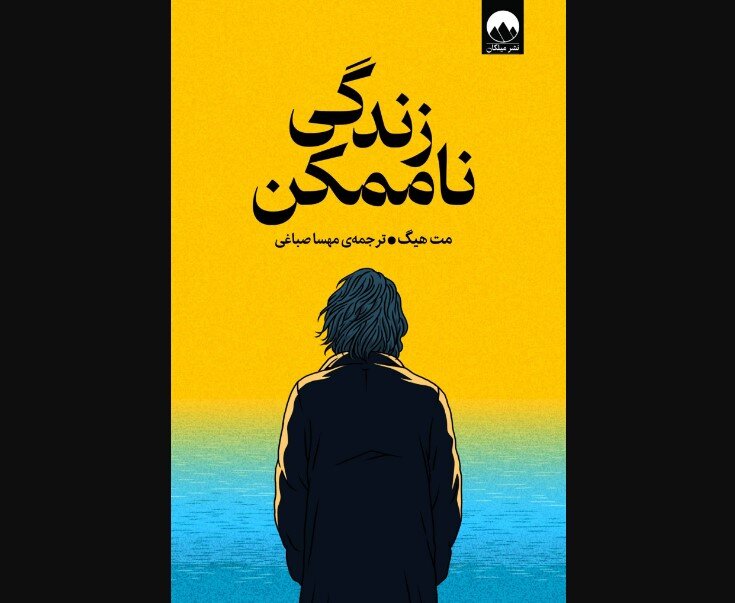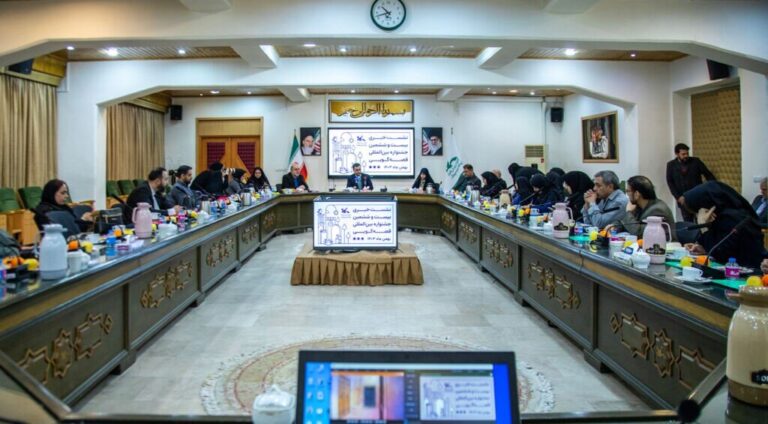Discover the MENA State Systems: Now Available in Persian!
The recently released Persian translation of “The Routledge Handbook to the Middle East and North African State and States System” by esteemed authors Raymond Hinnebusch and Jasmine Gani is now available in bookstores throughout Iran. This comprehensive volume, translated by Asgar Ghahremanpur and published by Joyandeh Publication, spans an impressive 914 pages and serves as a vital resource for those interested in the complexities of the MENA region.
Conflict and instability are inherent in the fabric of the Middle East and North African (MENA) state and states system. However, this handbook reveals that both the states and the system have demonstrated remarkable resilience over time. It delves into critical debates, theoretical frameworks, and extensive empirical research conducted by influential scholars in the field. This makes it an essential reference for scholars pursuing research related to the MENA state and states system.
- Historical Contexts: The handbook explores the historical backgrounds that have shaped the MENA region.
- State-Building and Politics: It examines the processes of state-building and the political dynamics within MENA countries.
- State Actors and Societal Context: The role of state actors and the influence of societal contexts on governance and activism are discussed.
- Trans-State Politics: The volume covers the political economy and identity contexts that transcend national borders.
- International Politics: It addresses the international relations that impact MENA states and their systems.
The 26 chapters collectively provide an in-depth analysis of the evolution of the state and states system in the MENA region, both before and after the wave of independence movements. Notably, the book highlights the significance of the 2011 Arab uprisings as a transformative moment that intensified existing trends within the system. These uprisings have laid bare the inherent vulnerabilities of states while simultaneously showcasing their capacity to endure.
This handbook is indispensable for anyone seeking to understand the historical context and current dynamics of the state in the MENA region. It serves as a key resource for researchers, students, and practitioners who are focused on international relations, political science, and Middle Eastern studies.
In summary, the Persian translation of “The Routledge Handbook to the Middle East and North African State and States System” is more than just a book; it is an essential academic tool that opens doors to deeper insights into the complex state dynamics of the MENA region. With contributions from leading experts, it provides a nuanced understanding of state resilience and the intricate interplay between various political and social factors.
For those interested in enhancing their knowledge of the MENA region, this handbook is a must-read. Its comprehensive coverage and scholarly contributions make it a valuable addition to any academic library or personal collection.
By bridging historical perspectives with contemporary analysis, the handbook not only informs academic discourse but also enriches the understanding of policymakers and stakeholders engaged with the MENA region. Whether you are a student, researcher, or simply someone interested in the political landscape of the Middle East and North Africa, this handbook will prove to be an invaluable resource.
With its engaging content and critical insights, the Persian translation of “The Routledge Handbook to the Middle East and North African State and States System” stands as a testament to the ongoing scholarly efforts to unpack the complexities of this vital region. Don’t miss the opportunity to explore this essential resource and expand your understanding of the MENA state and states system.
